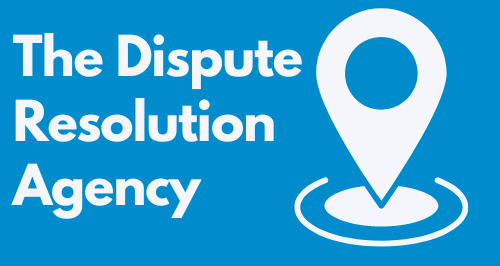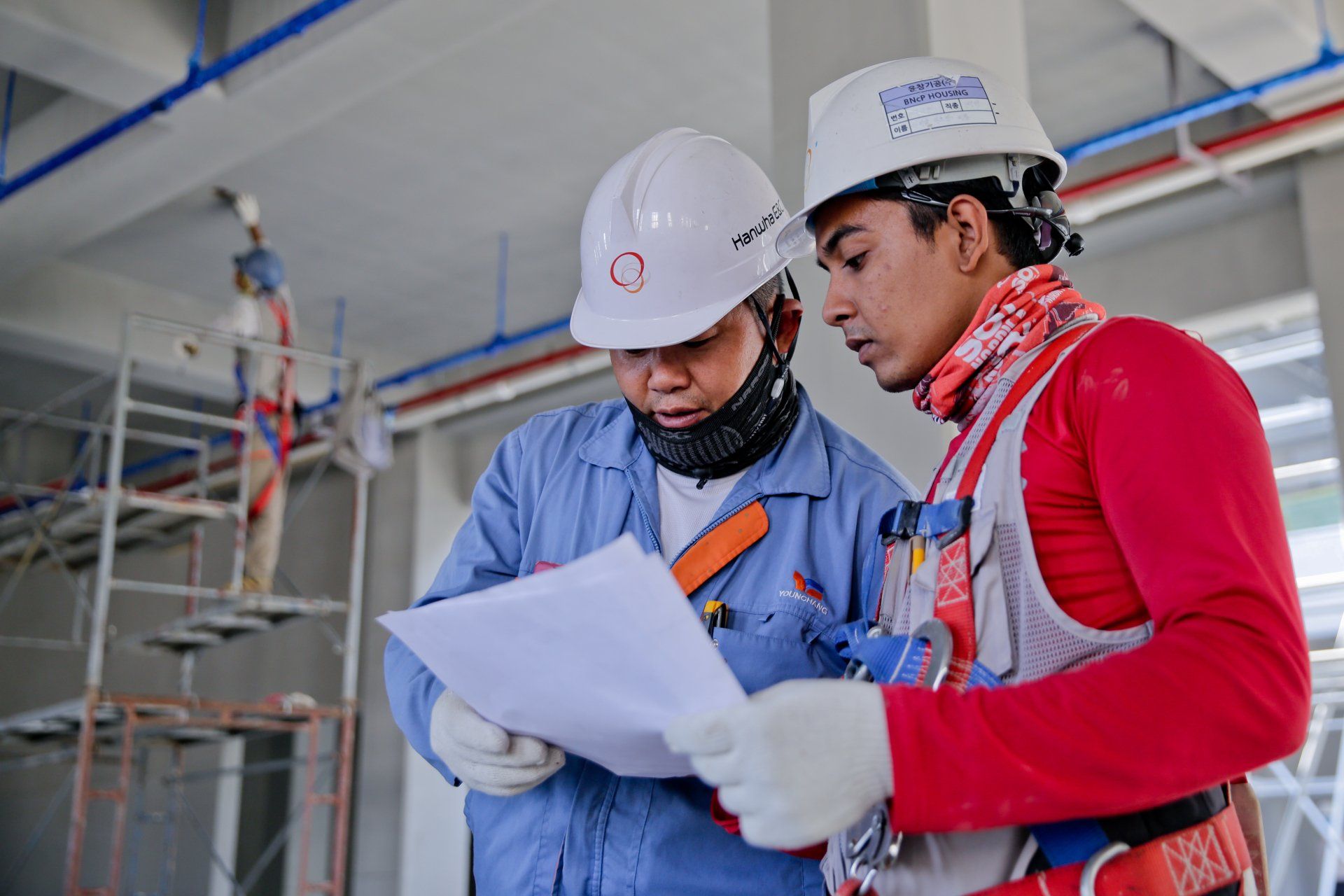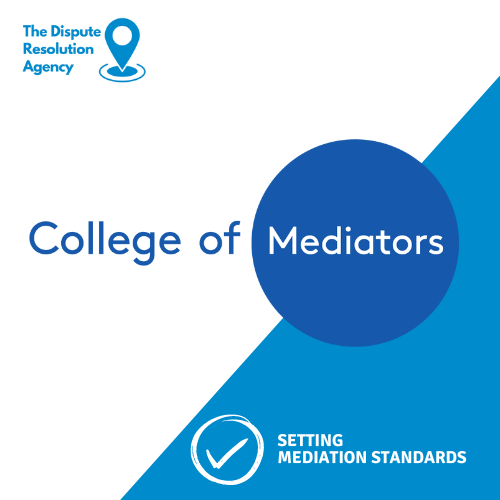Part 3 Example of an Evaluative Mediation in Practice
Written by Gordon Tregaskis

Over nearly two years I led a team of surveyors, engineers, planners, and forensic and commercial claims consultants on a quest to achieve resolution of major difficulties between two otherwise friendly parties. This was a Dispute between Employer and Contractor on a Middle East Mega Project with over US$1bn in dispute provoked by the usual variation, liquidated damages, and failure to issue an any extension of time trinity.
This mega project was delivered 5 years late at 3 times the original cost. The parties were a government related employer and a locally led foreign joint venture of notable construction companies. The construction contract would never have been a candidate for a clarity and precision prize and in fact had not been signed until 4 years after construction had commenced and was 65% complete. Once signed it neither reflected the contract administration procedures adopted up to the date of signature and since that date the contract was more honoured in the breach than the observance. The first 5 years were performed under Letters of intent. Each subcontract was also built on Letters of Intent as were subcontracts and sub-subcontracts. A less than ideal contractual pyramid resulted where each contract could be terminated on one day’s notice.
Some 15 nominated contractors had performed 80% of the work without a contract and disputes were both legion and rife. Neither the contract nor numerous letters of intent reflected the actual way in which the contract had been administered and the difficulty was finding a straight edge to measure the performance and conduct of the parties for reason and right. It was clear to the mediation team the route of all problems was immature design and the sheer volume of changes, requests for instruction and undocumented instructed changes.
Local Courts and Local Law were mandated to resolve disputes but were not noted for precedent in dealing with complex engineering claims where the documents exceed 5 million pages (including drawings) – all in English with the local courts working in Arabic.
I was appointed as lead mediator to manage a mediation team of an initial 10 professionals including engineers, surveyors, commercial managers and planners to unravel and solve the mess which had been created. Ultimately the team was to expand to 23 persons and include expertise in architecture, piling and other engineering disciplines in an evaluative mediation which took over 19 months to complete.
It was agreed after many preliminary meetings that the dominant cause of delay was multi-site and nonlinear programming with 30k average daily activities recorded in planning schedules which were in part pathological and irrational. The absence of anything other than a letter of intent meant the risks were ill defined with defined procedures for administration non-existent resulting in variable and serious shortcomings in contract administration on all sides. Records were becoming difficult to obtain vague or unavailable some 7 years now after the commencement of works and the final account and Taking Over Certificate was still in debate 3 years after beneficial use. Some US$ 3bn had been paid (mostly on account) US$ 4bn was claimed (mostly unsubstantiated).
The evaluative mediation was conducted via a straight edge analysis tool all parties could agree on. Agreed was a windows analysis based on a P6 programme derived from as built records together with such records and correspondence as could be found. The programme was agreed by all parties after interrogation as mechanically sound. The variables in each window were the subject of reference to records and discussions with each party. Much of the mediation concentrated on what events should be placed in what fragnet.
Having agreed the program input and the soundness of the programme itself, the outcome of each window analysed should not have been open to debate. That was the theory however when a window found in favour of one party rather than the other, complaints of bias and unfairness would be made. Similarly with the succeeding window finding for the other party, complaints would arise from the party who was happy with the outturn of the last window but not the present. The agreement provided that as the Mediation Team had been appointed by both parties the right of termination was reserved to both parties acting jointly. The mediation was at the stage where neither party could agree on the time of day so early termination of the mediation did not happen.
As time went along there was more acceptance of the process by the project manager and contractor’s representative and the parties began cooperating seeing that input into the model was the single most important issue. Using mediation techniques we were able to get to window 15 of 23. At that point the parties on their own initiative discussed figures as figures and came to a settlement agreement themselves.
The cost of the evaluative mediation was funded 50/50 by the parties. On one view the parties were able to access the combined team’s expertise for 50% of the actual costs incurred had they each appointed their own claims consultant and legal team.
A key take away is the parties were forced by circumstance to talk to each other, and despite some rough relational patches, the parties found resolution and settled the dispute at month 19 of the evaluative mediation process. The parties then went on to work together on an extension project. A successful resolution. The mediation evaluation was completed running to 46 lever arch files which were stored for posterity and are now possibly shredded.
If the above resonates with you and you would like some advice or guidance, please see our expert panel of Construction and Infrastructure Mediators and Dispute Resolution professionals.
This article was kindly written by Gordon Tregaskis,, leading Mediator, Arbitrator and Barrister. Please read more about him on his DRA Profile.
Expert Advice











